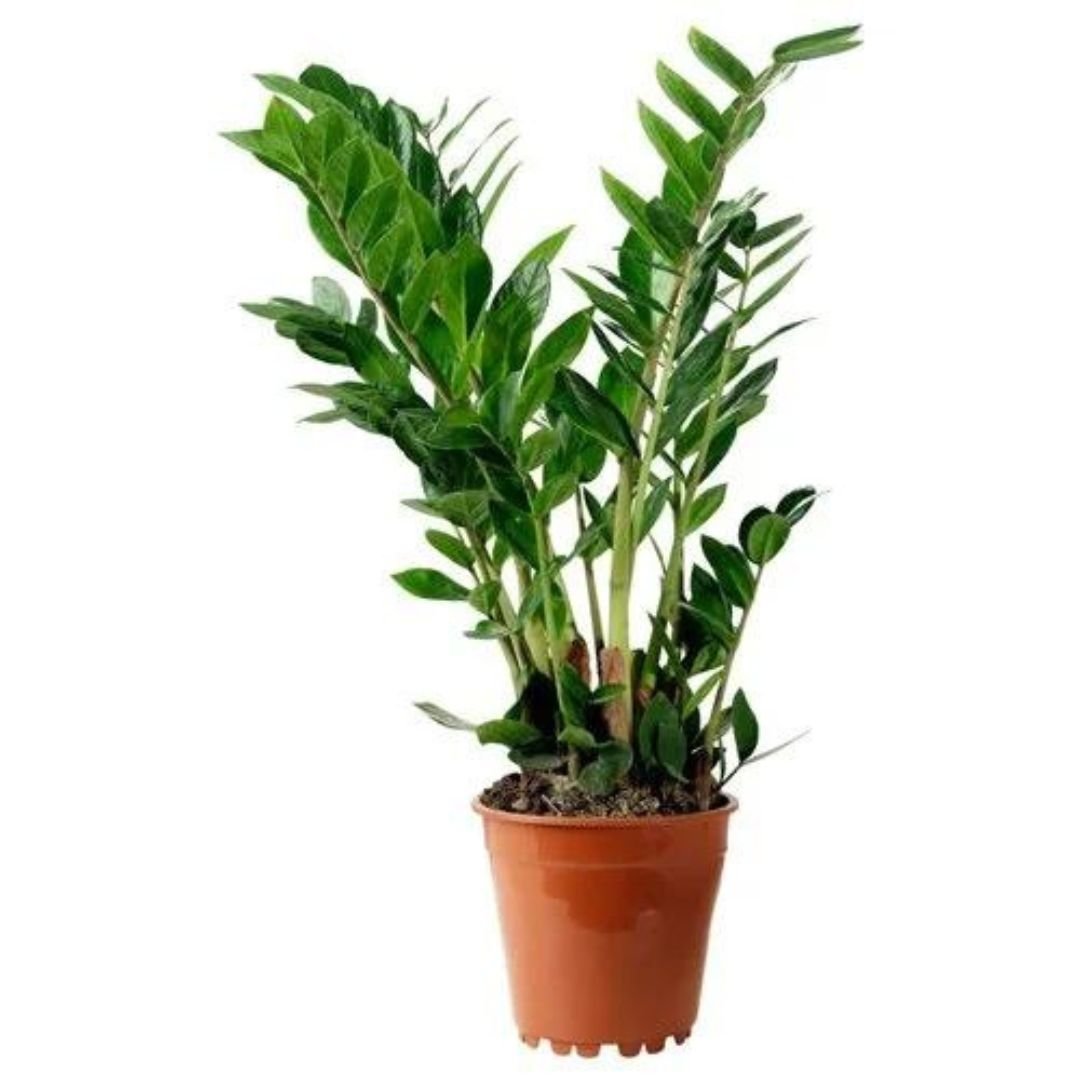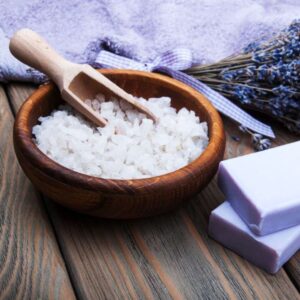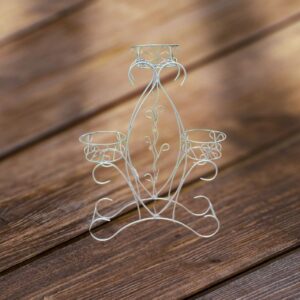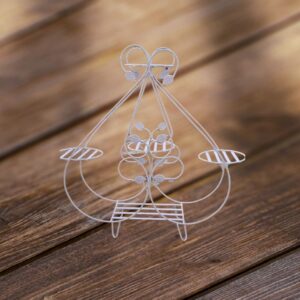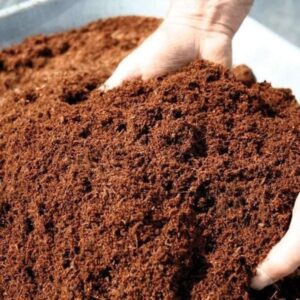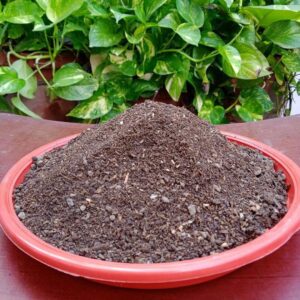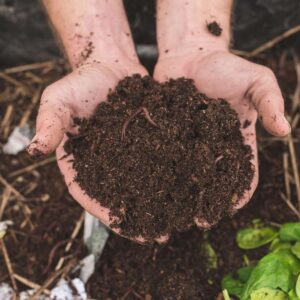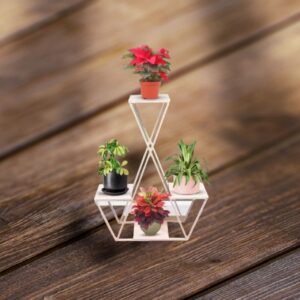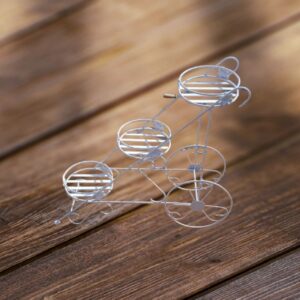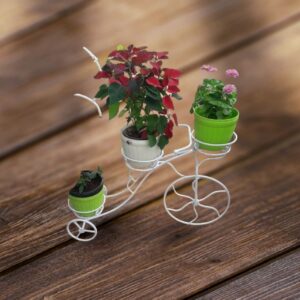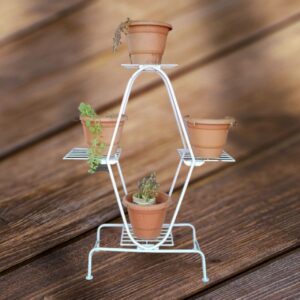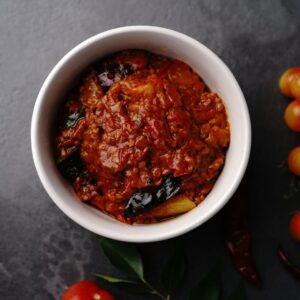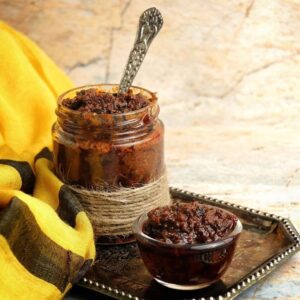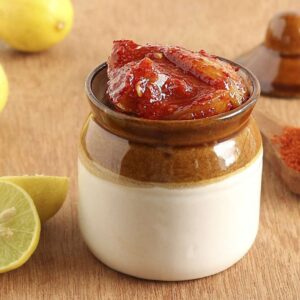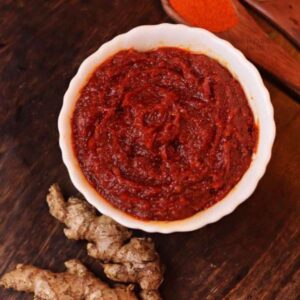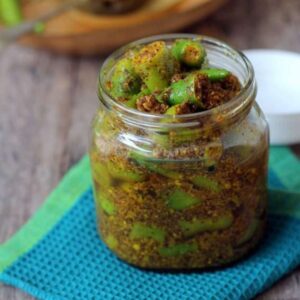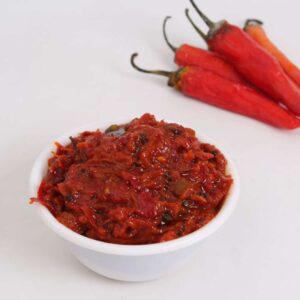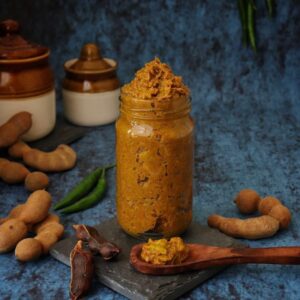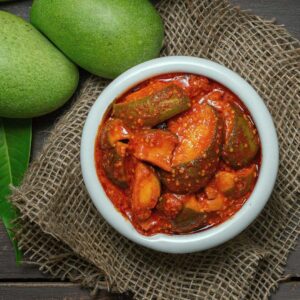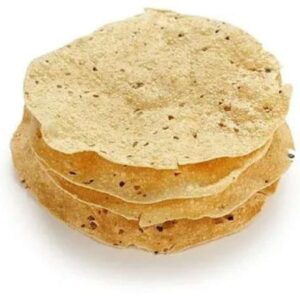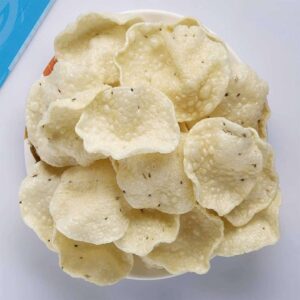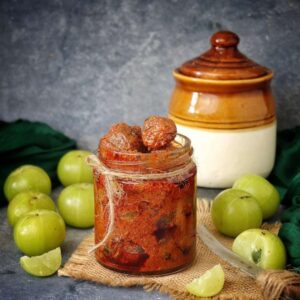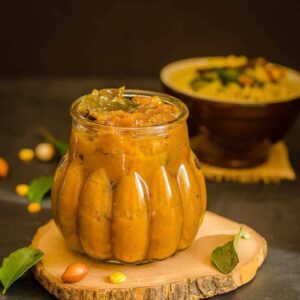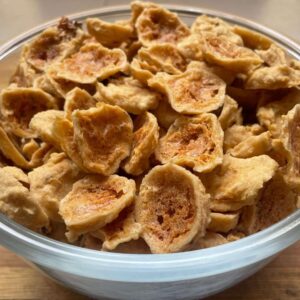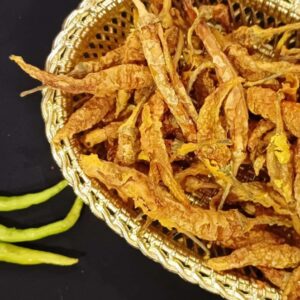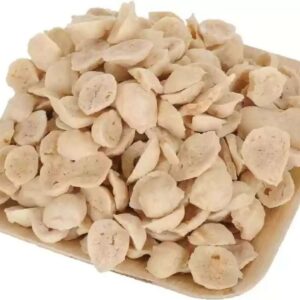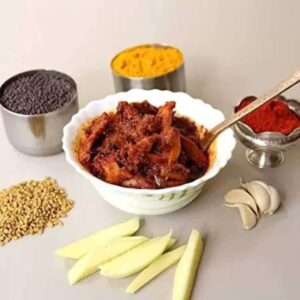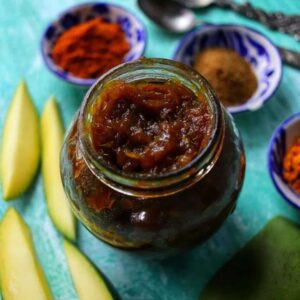Free Delivery all over India
Easy to Return
Secure Transition
Free 2-days
standard
shipping on orders $255+ Custom link
“Yoga means addition of Energy
, Strength & Beauty to Soul
” - Book Online Class

0
Zamia Palm
₹340.00
![]() Air-Purifying Benefits
Air-Purifying Benefits
![]() Stress-Reduction and Well-Being
Stress-Reduction and Well-Being
![]() Eco-Friendly
Eco-Friendly
![]() Drought-Tolerant
Drought-Tolerant
![]() Improves Soil Quality
Improves Soil Quality
47 people are viewing this product right now
Options:
- 1 KG
Epsom Salt
₹190.00 Select options This product has multiple variants. The options may be chosen on the product pageRelated Products
- 3 KG
Decomposed Cocopeat
₹220.00 Select options This product has multiple variants. The options may be chosen on the product page- 1 KG
Rose Mixture Manure
₹65.00 Select options This product has multiple variants. The options may be chosen on the product page- 1 KG
Epsom Salt
₹190.00 Select options This product has multiple variants. The options may be chosen on the product page- 1 KG
Bone Meal
₹190.00 Select options This product has multiple variants. The options may be chosen on the product page- 5 KG
Vermi Compost From Farmers
₹220.00 Select options This product has multiple variants. The options may be chosen on the product pageYou May Also Like
Tomato Pickle
₹170.00 – ₹850.00 Select options This product has multiple variants. The options may be chosen on the product pageGongura Pickle
₹170.00 – ₹425.00 Select options This product has multiple variants. The options may be chosen on the product pageLime Pickle
₹170.00 – ₹850.00 Select options This product has multiple variants. The options may be chosen on the product pageGinger Pickle
₹170.00 – ₹850.00 Select options This product has multiple variants. The options may be chosen on the product pageGreen Chilli Pickle
₹170.00 – ₹425.00 Select options This product has multiple variants. The options may be chosen on the product pageRed Chilli Pickle
₹170.00 – ₹425.00 Select options This product has multiple variants. The options may be chosen on the product pageTamarind Pickle
₹170.00 – ₹425.00 Select options This product has multiple variants. The options may be chosen on the product page- 200 GM
- 500 GM
Mango Pickle Plain
₹170.00 – ₹425.00 Select options This product has multiple variants. The options may be chosen on the product pageUdad Papad
₹110.00 Select options This product has multiple variants. The options may be chosen on the product pageRice Papad
₹70.00 Select options This product has multiple variants. The options may be chosen on the product pageSabudana Papad
₹90.00 Select options This product has multiple variants. The options may be chosen on the product page- 200 GM
- 500 GM
Amla Pickle
₹170.00 – ₹425.00 Select options This product has multiple variants. The options may be chosen on the product page- 200 GM
- 500 GM
Karela Pickle
₹170.00 – ₹425.00 Select options This product has multiple variants. The options may be chosen on the product page- 200 GM
- 500 GM
Mix Vegetable Pickle
₹170.00 – ₹425.00 Select options This product has multiple variants. The options may be chosen on the product page- 200 GM
- 500 GM
Pulihora Mix Paste
₹175.00 – ₹425.00 Select options This product has multiple variants. The options may be chosen on the product page- 200 GM
Gummadi Vadiyalu
₹140.00 Select options This product has multiple variants. The options may be chosen on the product page- 100 GM
Curd Chillies (Dried)
₹70.00 Select options This product has multiple variants. The options may be chosen on the product page- 200 GM
Udad Vadium
₹120.00 Select options This product has multiple variants. The options may be chosen on the product page- 200 GM
- 500 GM
Mango Magai Pickle
₹175.00 – ₹425.00 Select options This product has multiple variants. The options may be chosen on the product page- 1 KG
- 200 GM
- 500 GM

